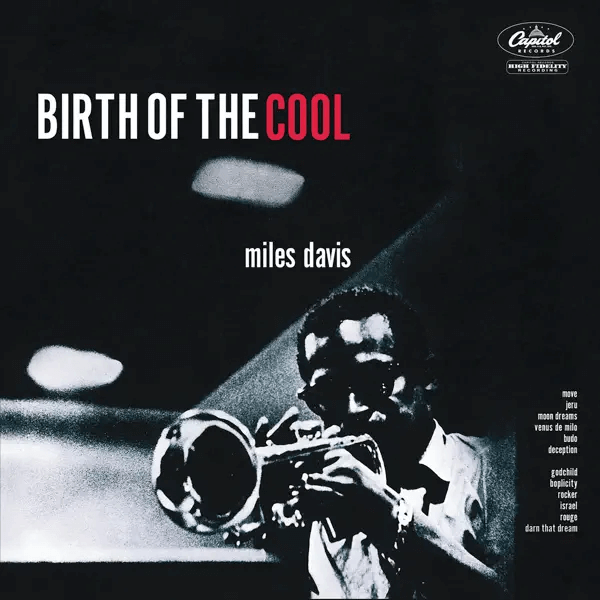Miles Davis was a transformative figure in the world of jazz, pushing boundaries and frequently reinventing the genre throughout his career. From his early bebop recordings in the 1940s to his groundbreaking explorations of modal jazz, fusion, and electronic music in the following decades, Davis constantly challenged conventions and created innovative and influential music.
His talent as a trumpeter, composer, and bandleader, combined with his restless spirit of experimentation, solidified his status as one of the most important and iconic figures in the history of jazz.
Here we tackle the most unenviable of tasks: the 10 best Miles Davis albums.
Read More
